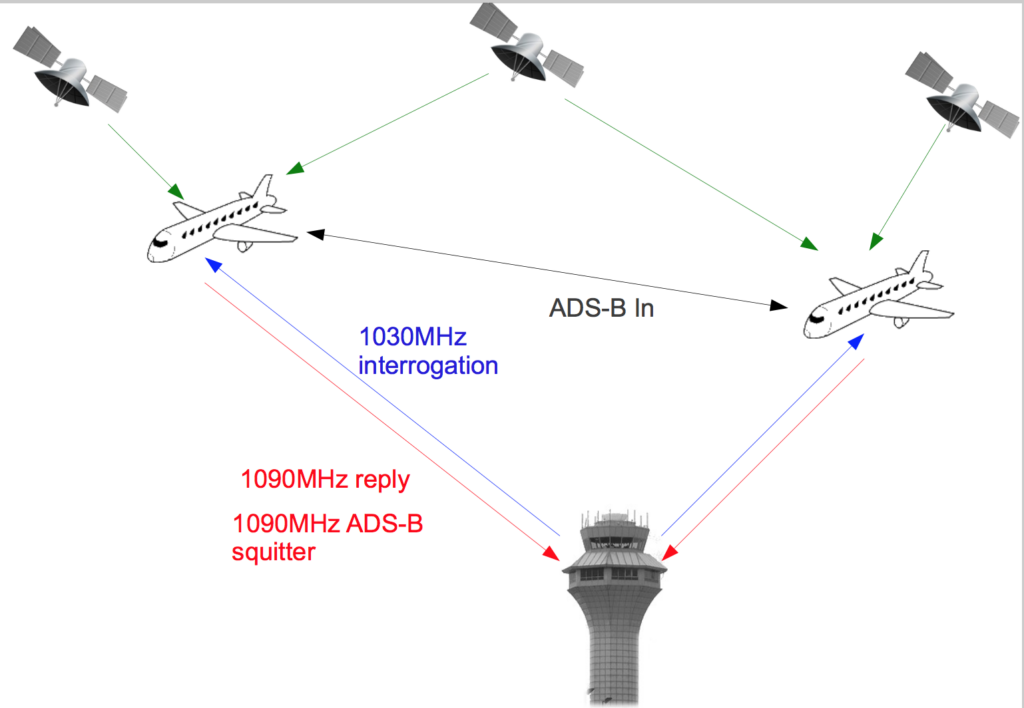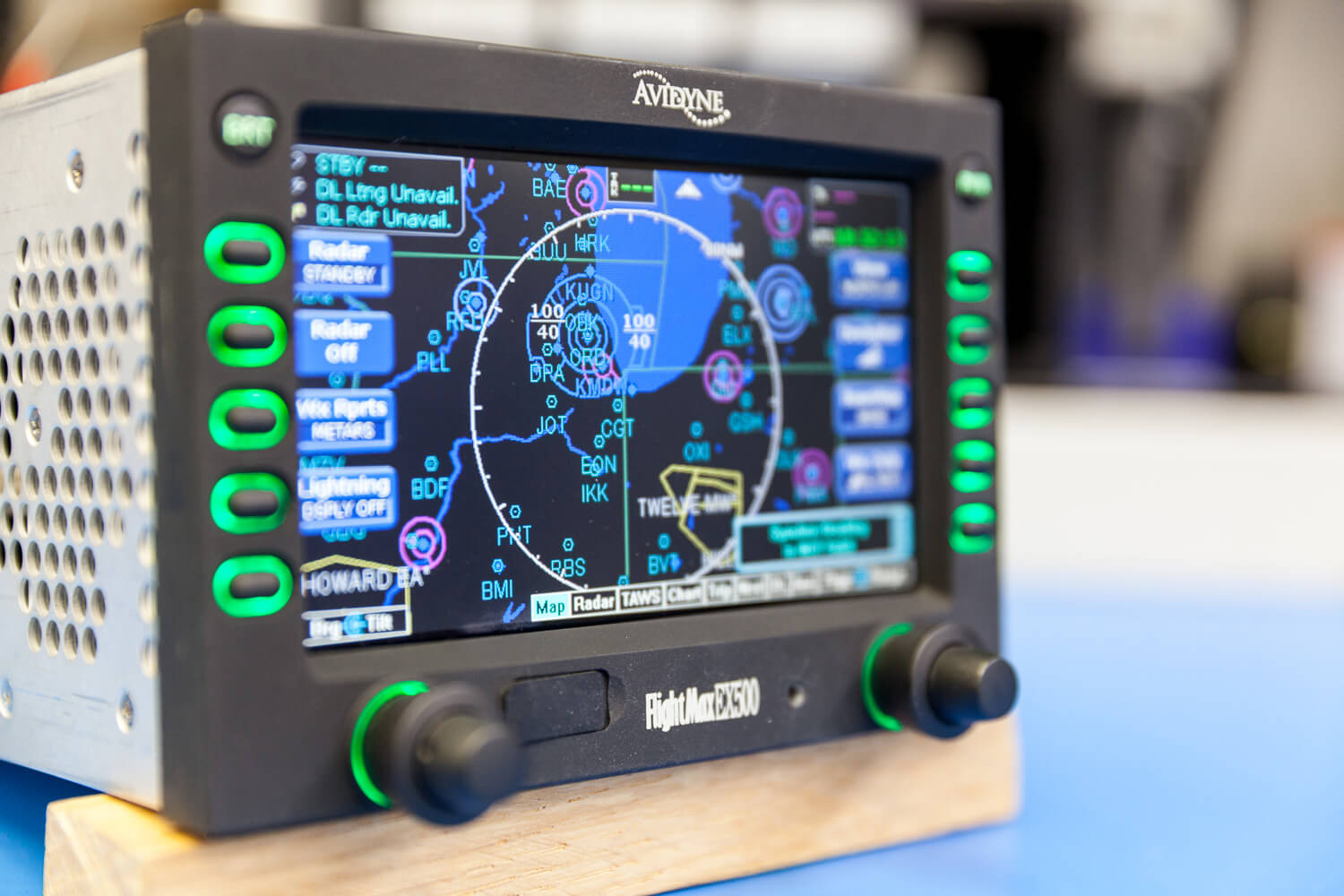ADS-B is the latest airspace surveillance technology in modern Aviation. This system provides an extremely accurate way of tracking aircraft such as its locations and flight paths. This system greatly allows air transportation safer operation, direct flight routes. Most importantly, it can save a lot of money for air operators.
ADS-B basically the use of transponder which is combined also with a GPS. The system can broadcast signals directly to aircraft and also to ground-based Radar. It is very useful especially in the area where Radar is not effective such as over area of high terrain or places where it’s costly and not practical to have Radar facilities. The aircraft equipped with ADS-B and a traffic receiver display can easily identify other aircraft’s locations in the airspace without the help of the Radar facility. This greatly increases visibility and reduces potential mid-air collisions.
This modern aviation technology will replace all Primary Surveillance Radar worldwide someday. Currently, the US and Europe commonly require ADS-B operation in some of the busiest airspaces to operate safely. Some countries still don’t require this equipment onboard to operate aircraft because of less congestion of air traffic.

ADS-B is one of the most important parts of US aviation today. It uses Satellite (GPS). There are two types of ADS-B can be installed in an Aircraft. They are ADS-B out and ADS-B in.
ADS-B out
An airplane equipped with ADS-B out continuously broadcasts its airspeed, altitude, and location to ADS-B ground stations. ATC will gather that information to use for other traffic separation. To be equipped with ADS-B Out, the airplane needs Mode S transponder and WAAS-enabled GPS receiver. Mode S transponder is also required for the aircraft who fly at FL18 or at higher Flight level. The cost can vary from $4,000 USD to $200,000 Usd depending on the type of aircraft to be used. To compare with conventional RADAR, ADS-B broadcast signals about every second, where Radar needs 3 to 15 seconds to transmit signals. So, it provides a better and accurate flight path for the pilots.
ADS-B In
The receiver which receives and interprets the data from other aircraft’s ADS-B out and shows in the Computer screen is called ADS-B in. The ADS-B in requires a compatible display interface to show graphic weather and other traffic information. In a recent study, it shows the aircraft which are equipped with ADS-B, are 90% less likely to have a fatal midair collision.
Today, It has been proven that existing Radar technology has its limitation such as the slow speed of the Radar return signal and the geographical limitations and Radar technology is also expensive. Whereas, ADS-B tower is just like a mobile phone tower which is very cost-effective. ICAO standard ADS-B is known to transmit at 1090 MHZ.
